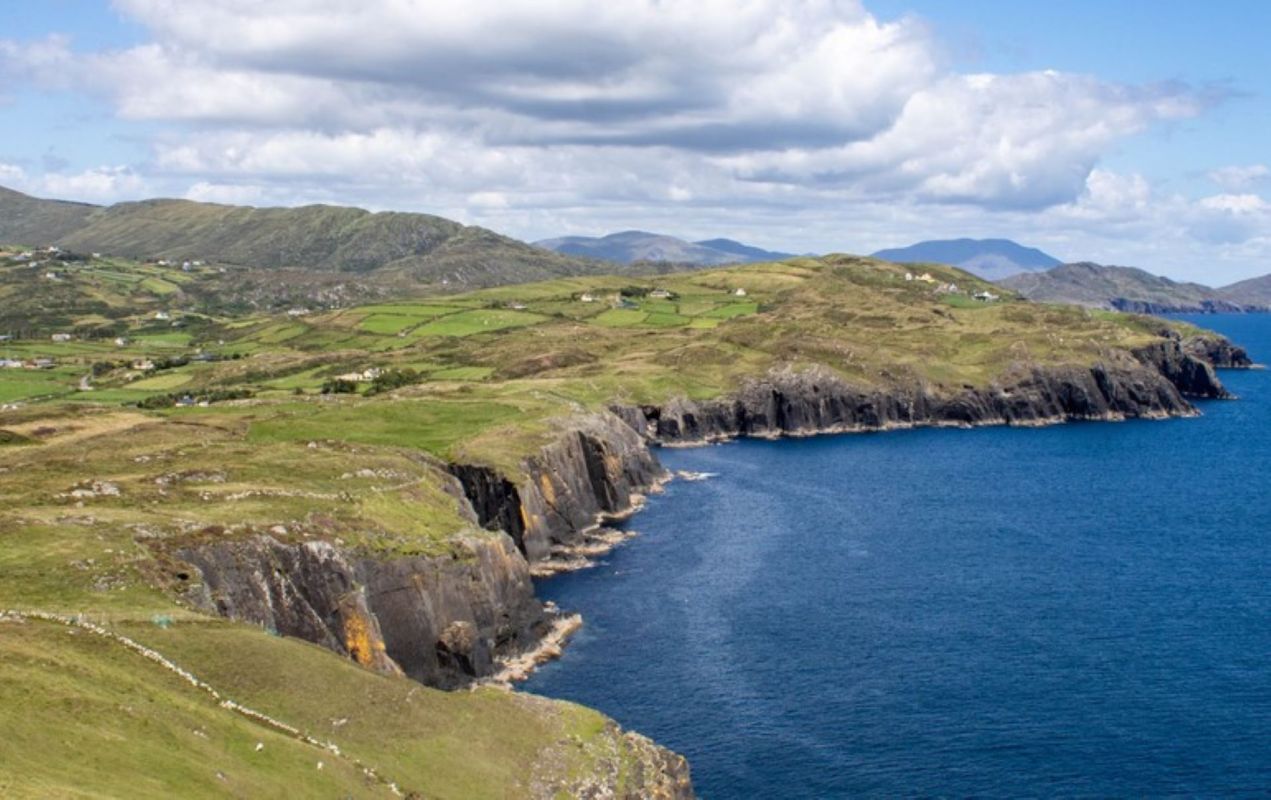Eoghan Daltun has held many titles in his lifetime — farmer, sculptor, and now author and activist for conservation in rural Ireland. In the past 14 years, he has undertaken an effort to restore the native wildlife to the Beara hillside.
The Beara hillside is known for its beautiful landscapes and historical remains of the Bronze Age, but 15 years ago, the wildlife wasn't an accurate representation of Ireland's biodiversity. A large portion of the native plants were stripped away as a result of an overabundance of animals that feed on them and invasive plant species.
In an interview with the Guardian, Daltun described the area as "biologically empty" and explained how he began to remedy this by purchasing and rewilding a portion of the land.
Rewilding prioritizes the natural biodiversity of an area — it involves reintroducing previously pushed-out species and restoring the local wildlife to a landscape. The process allows the native plants and animals in the area to flourish as they did before other factors — like invasive species and human intervention — made that difficult.
According to the Guardian, native forests used to make up 80% of Ireland's landscape, and by the time the Daltun began rewilding, that number had shrunk to 1%.
His strategy included removing invasive, non-native plants — such as rhododendron — and adding fencing to keep non-native animals. These animals, such as sika deer, are known to damage trees by stripping their bark and causing harm to their trunks, as well as eating shoots and seedlings, making it difficult for wildlife to grow.
After removing the elements that made it difficult for the native wildlife to thrive, it was a waiting game to see when the ecosystem would rebuild itself — and Daltun reported that it began the process shortly after.
It's not just native species that benefit from rewilding, though — restoring healthy, natural wildlife produces cleaner air and water, as well as perks for local buildings and the economy.
A thick tree canopy slows down the speed at which rain gets to the ground, and the roots anchor the soil — decreasing flooding and erosion. Plus, the natural beauty can stand alone as a tourist attraction — giving the local economy a boost.
Daltun told the Guardian that the transformation began immediately, but the restoration was still a gradual process. Over the years, previously suppressed wildlife began to truly flourish in the area. There is now a noticeable abundance of native wildlife, and Daltun describes how the soil was healthier and taking in more water — faring well in a recent drought.
"The result was amazing," Daltun added.
His contribution was impressive and well appreciated — but it's important to remember that you don't need to have the same kind of time or funds to dedicate to the movement. This article by Mossy Earth has some great ways to help the conservation effort — some of which are free or take only a few minutes.
"We either start protecting the little natural habitats we have left, or we lose them," Daltun told the Guardian.
Join our free newsletter for cool news and cool tips that make it easy to help yourself while helping the planet.









